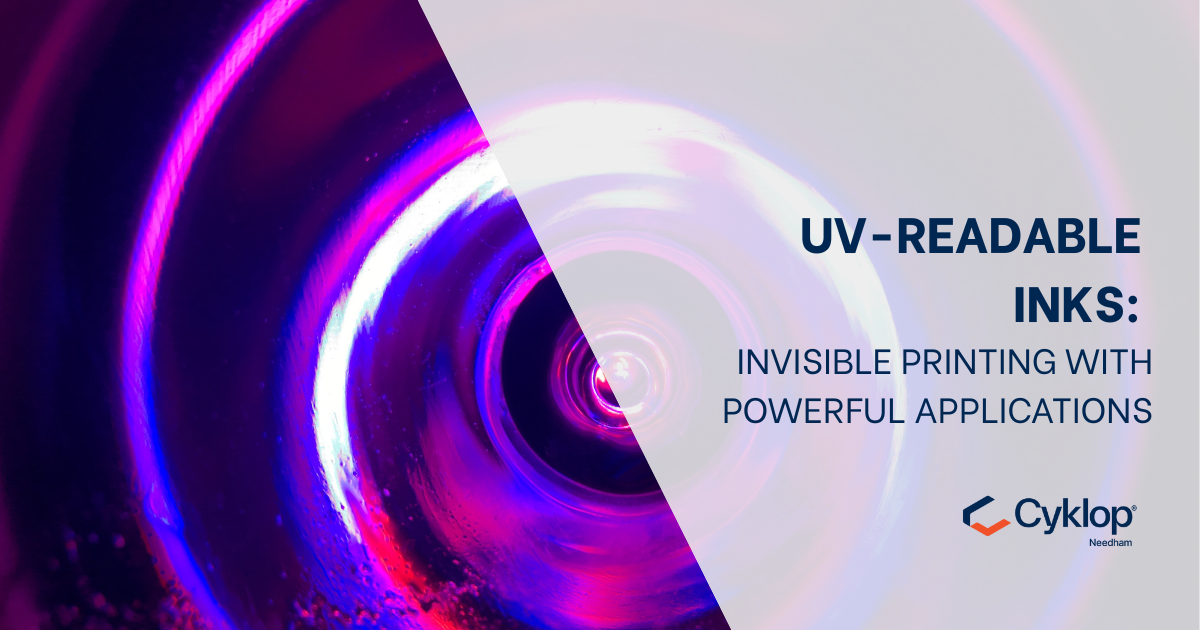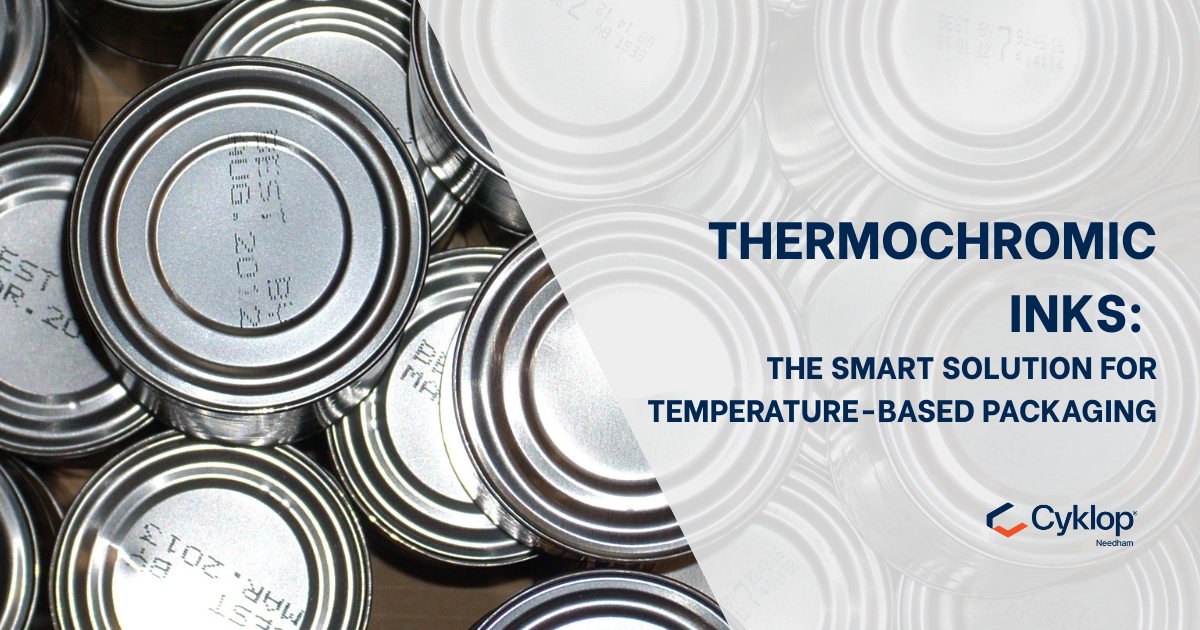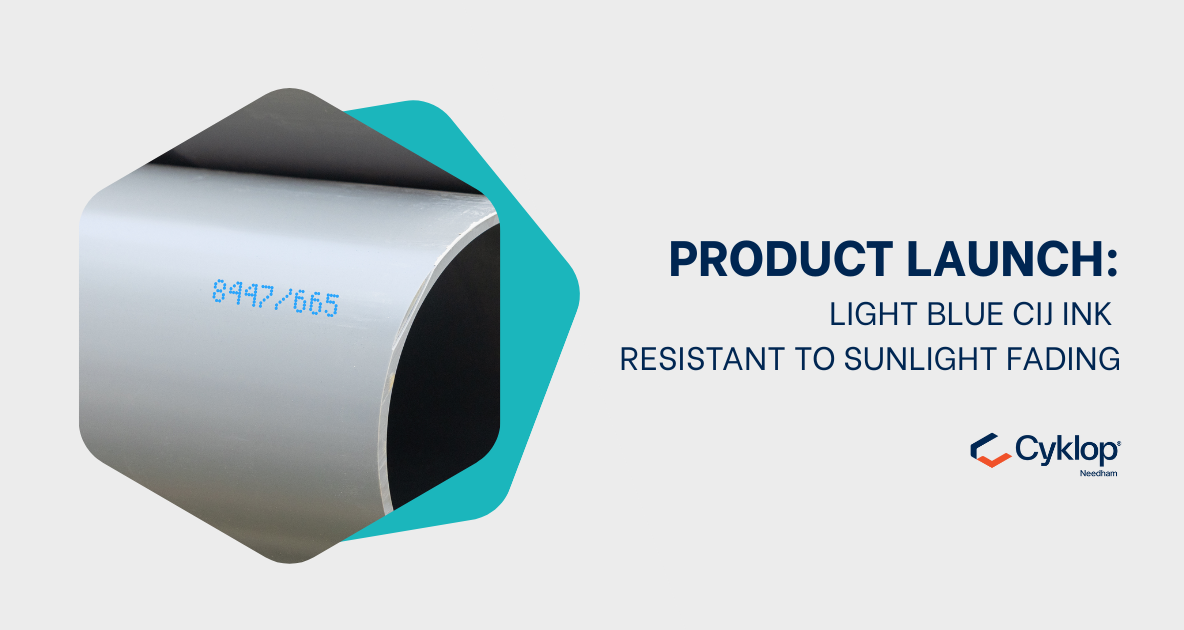Thermochromic Inks: The Smart Solution for Temperature-Based Packaging
Did you know that some inks can change colour when exposed to specific temperatures? These innovative products, known as thermochromic inks, are...
2 min read
Samuel Mcgarrigle
Jan 5, 2022 12:31:02 PM

Did you know there are also inks that only become visible under ultraviolet (UV) light?
These ‘invisible inks’ are more than just a novelty. Known as UV-readable inks, they serve critical roles in product authentication, security, and traceability. Let’s take a closer look at how they work, where they’re used, and why they’re increasingly important in today’s manufacturing and packaging environments.
UV-readable (or UV fluorescent) ink contains specialised substances called taggants, which remain invisible under normal light but glow under UV light at specific wavelengths.
These inks can be engineered to respond to:
UV light
Infrared (IR)
Near-infrared (NIR)
Because these inks lack visible pigment, they don't alter the appearance of a product — making them ideal for discreet coding and marking. The information can only be accessed with a UV scanner, verifier, or black light, adding an extra layer of security.
UV-readable inks are widely used across multiple industries to protect, track, and verify information. Typical applications include:
Pharmaceutical manufacturing – for discreet batch or lot coding on medicines and packaging
Luxury goods – to authenticate watches, jewellery, and designer items
Events and ticketing – on entry stamps or concert tickets
Coupons and vouchers – to prevent unauthorised duplication
Marketing analytics – for covert tracking of numbered documents
Banking and finance – as part of anti-counterfeit measures on documents and currency
UV-readable ink enables manufacturers to add traceability data — like batch numbers or production codes — without affecting the visual design of packaging. This is especially important for premium products with minimalist or transparent branding.
Unlike heat-revealed ‘secret inks’ that remain visible once triggered, UV-readable marks only appear under the right lighting conditions. This keeps them secure from tampering or casual observation.
As counterfeit threats increase, UV-readable ink offers an invisible layer of product authentication that’s incredibly difficult to replicate. It’s a cost-effective solution that can be integrated directly into production lines using CIJ or TIJ printers.
With the right formulation, UV-readable ink can be applied to paper, cardboard, plastic, metal, and more. It dries quickly, is durable under standard conditions, and works seamlessly with many high-speed coding systems.
In a world where product integrity and brand trust are more valuable than ever, UV-readable inks offer a smart way to enhance security, compliance, and aesthetics.
Whether you're a pharmaceutical producer, electronics manufacturer, or luxury goods retailer, UV-readable ink allows for effective covert coding that’s reliable and impossible to detect with the naked eye.
At Cyklop Needham, we supply a full range of OEM-compatible UV-readable inks suitable for CIJ and TIJ printers. With decades of experience in secure and industrial marking, we can help you find the right solution for your production environment.
Call: +44 (0)1948 662629
Email: enquiries@needham-ink.com
Website: www.needham-ink.com


Did you know that some inks can change colour when exposed to specific temperatures? These innovative products, known as thermochromic inks, are...

There are several key factors driving manufacturers to invest in coding and marking technology—from regulatory compliance and product traceability to...

With CIJ printing, every code or mark must withstand various environmental conditions to ensure readability and reliability. As a leading company in...